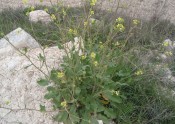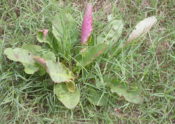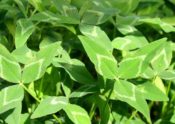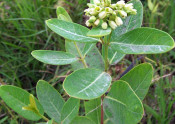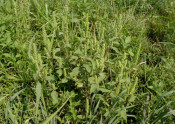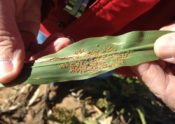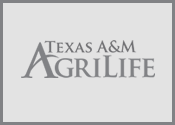
East Texas Pasture Management Program Virtual February 18, 2022 5 CEUs available (3 general, 1 IPM & 1 Laws & Regulations) The event program will cover the following topics: impact of grazing management on weed production alternative nutrient sources for bermudagrass pesticide safety weed control strategies for pastures and hay fields laws and regulations of pesticide use Register online at: https://agriliferegister.tamu.edu/Overton For more details see the FLYER. Vanessa Corriher-Olson Forage Extension Specialist Soil & Crop Sciences Overton, TX vacorriher@ag.tamu.edu Texas A&M AgriLife Extension Service Texas A&M… Read More →
